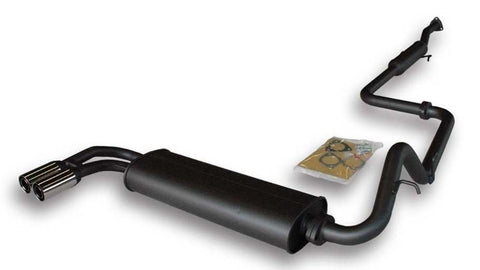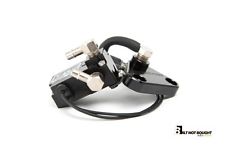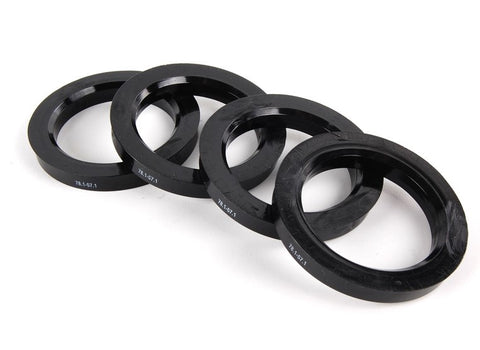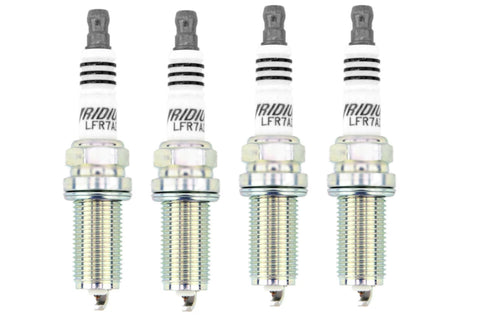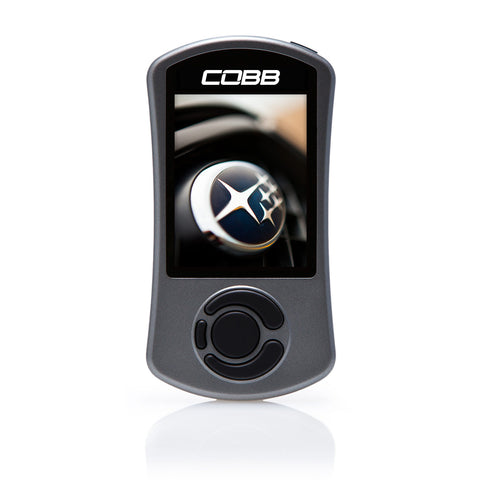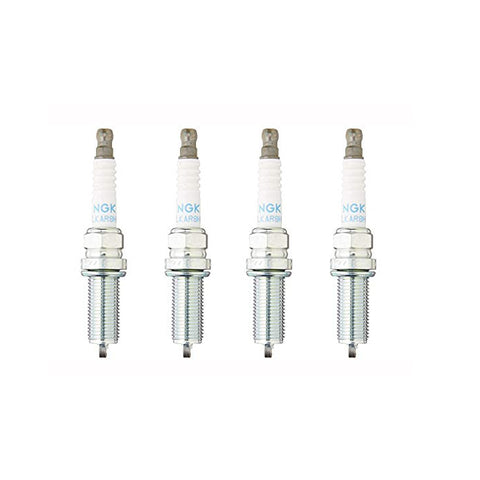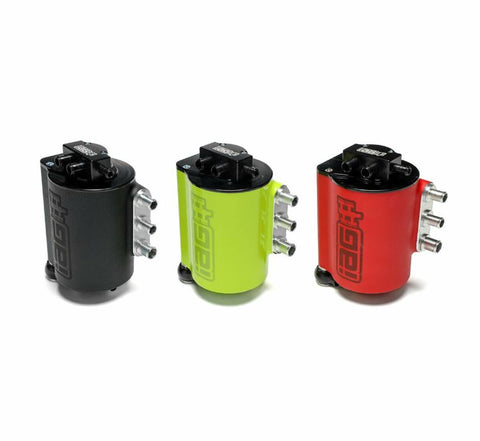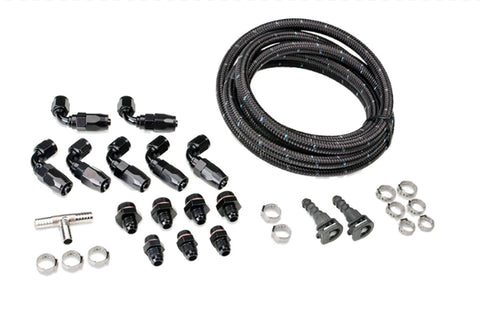Pay with Affirm on orders over $250. See if you qualify
GrimmSpeed Strut Tower Brace For 2013+ BRZ/FR-S/86
Brand: Grimmspeed
Product Code: 098007
Sharpen your handling and reduce NVH.
You’ve probably read somewhere on the internet that a strut tower brace never does anything but look pretty. You’re about to read otherwise. Armed with a strong background in vehicle dynamics and chassis design, we’ve spent months understanding the BRZ/FRS/86 chassis, testing different designs, collecting data and measuring performance. With the help of the FT86Club community, we’ve developed a strut tower brace that works.
Quick Specs
- Laser cut, CNC bent brackets ensure perfect fit
- Mild steel construction provides maximum stiffness
- Rigid design prevents unnecessary slop and tolerance stacking
- Durable DuPont powdercoat
- Legal in autocross classes that allow a strut tower bar but no other modification
- Installation in minutes with only a single tool
Design
Our design requirements for this project were simple. The GrimmSpeed Strut Tower Brace must provide additional stiffness between the strut towers, enhancing stability and sharpening steering response. We began with testing both on the street and by statically flexing the chassis in the shop. Tweaking the chassis manually and using our FARO Arm to plot critical points in CAD, we were able to identify the weak points in the system. What we found was interesting. The OEM triangulation bars actually function very well. So, while the allure of a beautiful 3-point brace was tempting, the data spoke loud and clear: a simple 2-point brace was the right solution. With that, we set out to create a clean, simple and cost effective solution.
Using 3D scanned data from multiple vehicles, we were able to quantify the manufacturing tolerances and design our brace accordingly. What that means for you is a perfect fit and easy installation. 3D-printed prototypes helped speed the development cycle and allowed us to test a number of different bracket designs for fitment and aesthetics.
One key design decision was to utilize a rigid, welded construction. The reasons for this are three-fold, but what it boils down to is the old standby, ‘Keep It Simple, Stupid’. When the goal is to reduce compliance in the system, it’s not hard to understand why a solid form design is best.
- A rigid bar will function with maximum stiffness, providing the best possible performance
- A multi-piece bar adds unnecessary cost and complexity to a fundamentally simple mechanism
- A multi-piece bar adds additional welding and hardware, stacking tolerances and creating many possible failure modes
Materials
End brackets are laser cut from 3/16" steel and precision CNC bent. These brackets were sized to provide maximum strength and stiffness without compromising thread engagement with the vehicle. Cross tubes are CNC laser cut to length from .125in wall tubing. Mild steel, being both the viable material that is both economical as well as the well-suited for the job, was an easy choice. Contrary to popular belief, mild steel offers greater stiffness than stainless steel and while stainless steel offers higher yield strength, in this particular application, we’re nowhere near those types of forces. The assemblies are all robotically welded in the same fixture for unbeatable accuracy and repeatability. Each finished brace is coated with a durable DuPont textured powdercoating. The cherry on top, so to speak, is that we’ve laser cut the GS logos from stainless steel, so you’re free to polish the coating off of it for a unique look without worry about rust.
Performance
Performance metrics, both quantitative and qualitative were carefully tracked through development and following production. In our slalom testing, peak deflection between the strut towers dropped from .180in to .030in, a decrease of 83.3%. Even more notable than the lowering of deflection was the substantial decrease in ‘noise’ within the data. You can truly feel this improvement the first time you leave your driveway after the install. Expect an immediate and noticeable decrease in NVH and a noticeable increase in sharpness and steering feel.







